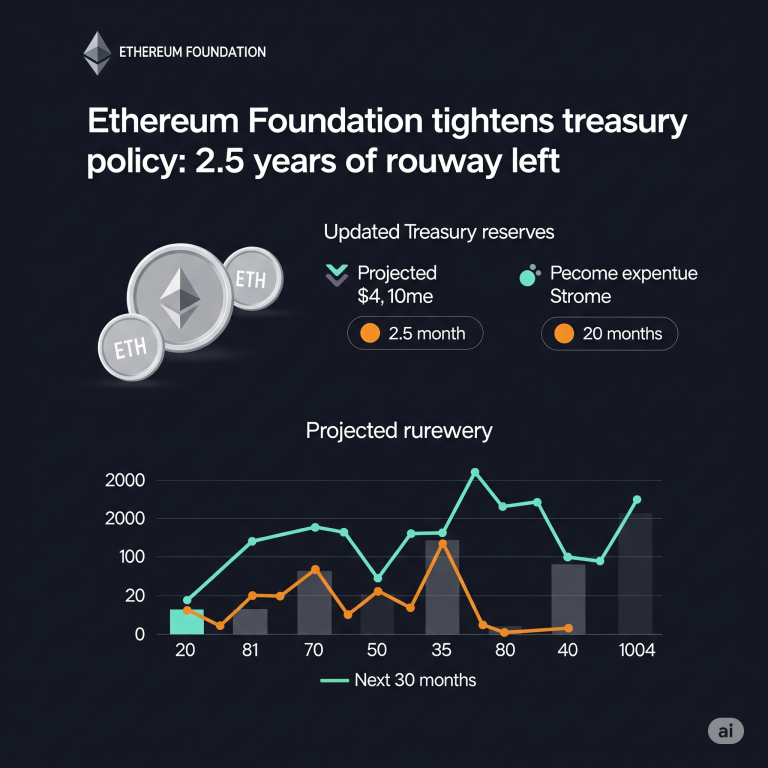What is Web3
Web3, also known as Web 3.0, refers to the next generation of the internet, which aims to create a more decentralized, secure, and user-centric web experience. Unlike the current Web 2.0, which is characterized by centralized platforms and services, Web3 leverages blockchain technology, decentralized applications (dApps), and cryptocurrencies to give users more control over their data and online interactions.

Key features of Web3 include:
Decentralization: Data and services are distributed across a network of nodes, reducing reliance on central authorities.
Trust and Security: Blockchain technology provides enhanced security and transparency by recording transactions on an immutable ledger.
Ownership and Interoperability: Users have greater ownership of their digital assets, and systems can easily interact with each other across different platforms.
Some practical applications of Web3 include decentralized finance (DeFi), non-fungible tokens (NFTs), and decentralized autonomous organizations (DAOs).
Uses of Web3
Web3 has a wide range of applications across various industries. Here are some key uses:
Decentralized Finance (DeFi): Web3 enables the creation of decentralized financial systems where users can lend, borrow, trade, and earn interest on cryptocurrencies without the need for traditional banks. Examples include platforms like Aave, Compound, and Uniswap.
Non-Fungible Tokens (NFTs): NFTs are unique digital assets that represent ownership of a specific item, such as digital art, music, or virtual real estate. It allows for the creation, buying, selling, and trading of NFTs on decentralized marketplaces like OpenSea and Rarible.


Decentralized Autonomous Organizations (DAOs): DAOs are organizations govern by smart contracts and blockchain technology. They allow for decentralized decision-making and ownership. Members of a DAO can vote on proposals and manage the organization collectively. Examples include MakerDAO and Aragon.
Supply Chain Management: Web3 technologies can improve transparency and traceability in supply chains. By using blockchain, companies can track the origin and journey of products, ensuring authenticity and reducing fraud. This is particularly useful in industries like food, pharmaceuticals, and luxury goods.
Digital Identity: Web3 enables users to have greater control over their digital identities. Decentralized identity solutions allow individuals to own and manage their personal data, reducing the risk of data breaches and identity theft. Projects like uPort and Sovrin are working on decentralized identity systems.
Gaming: Web3 is transforming the gaming industry by enabling the creation of decentralized games where players can truly own in-game assets. These assets can be traded or sold outside the game, creating new economic opportunities for players. Examples include Axie Infinity and Decentraland.


Content Creation and Distribution: Web3 provides new ways for content creators to monetize their work directly through decentralized platforms. This reduces the need for intermediaries and allows creators to receive a larger share of the revenue. Platforms like Audius and Mirror are examples of Web3 in content creation.
Data Storage and Sharing: Web3 enables decentralized data storage solutions, ensuring data security and reducing reliance on centralized servers. Projects like Filecoin and IPFS (InterPlanetary File System) are working on decentralized storage solutions.
These are just a few examples of how Web3 is being utilized. The potential for innovation and new applications continues to grow as the technology evolves.
Subscribe to our newsletter!





